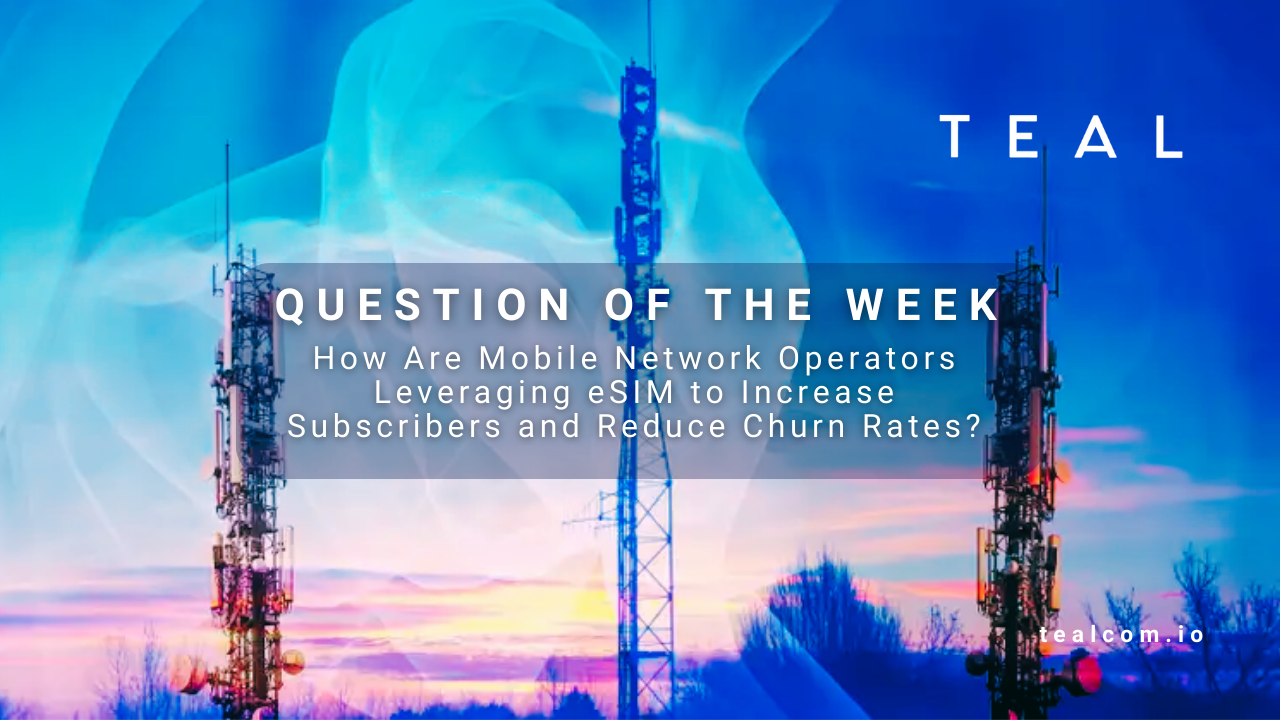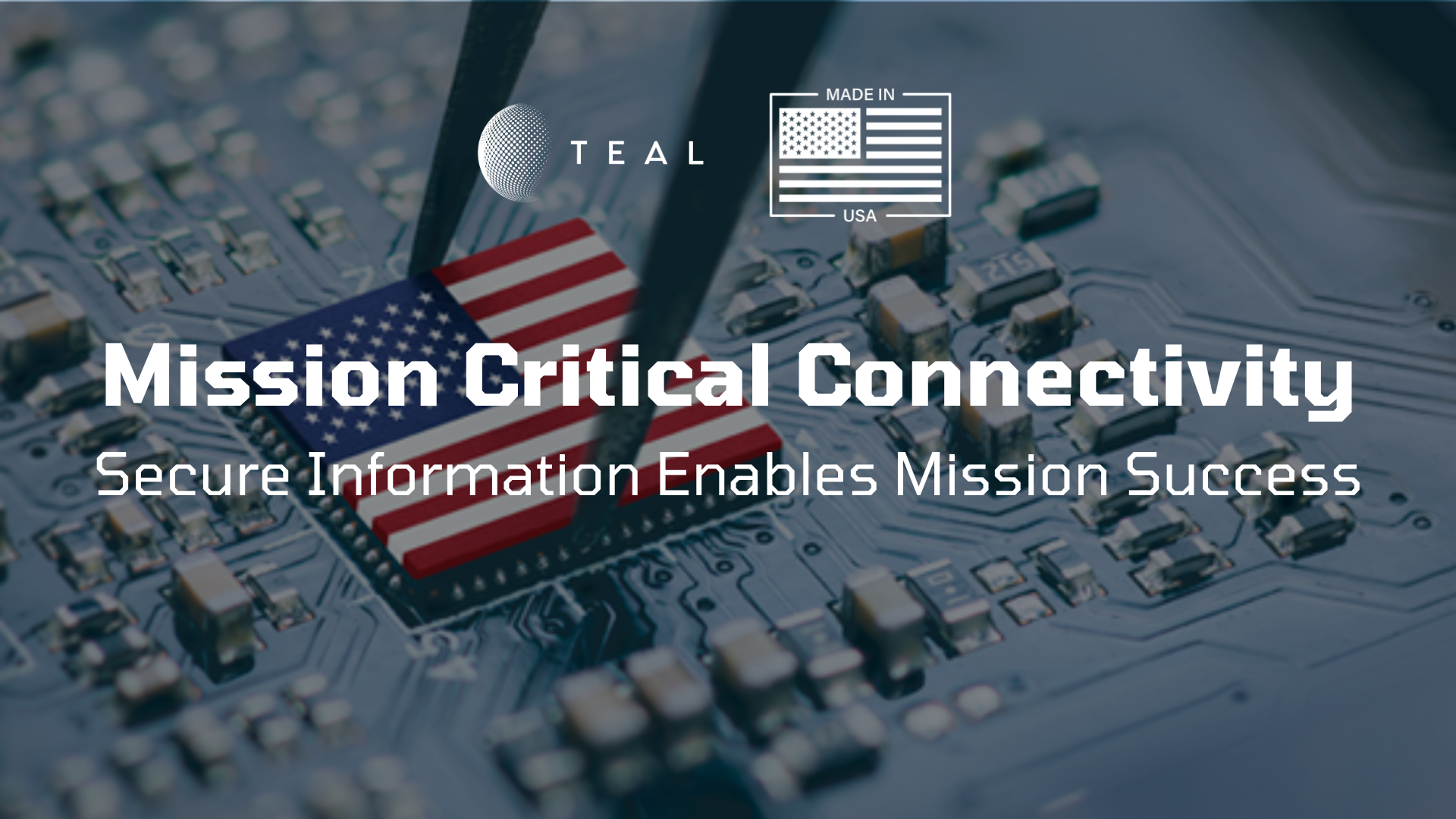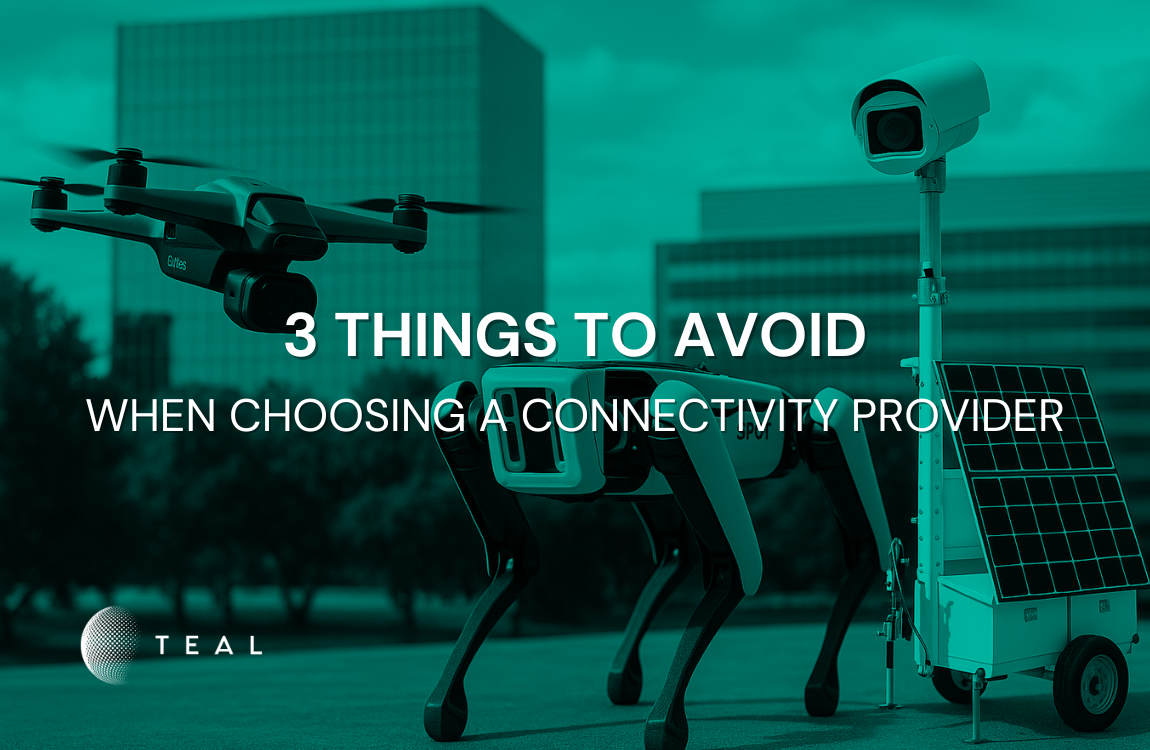The Impact of eSIM on Mobile Network Operators in the Era of Cellular IoT Technology

In its 2022 Mobile Economy Report, GSMA Intelligence forecast there would be more than 4 billion cellular Internet of Things (IoT) connections by 2025 compared to 2 billion in 2021, with a great proportion of these being used by industry. IoT has become a game-changer for different industries as it changed the way businesses operate by optimizing data analysis in almost all fields. With the rise of Cellular-enabled IoT technology, this trend has accelerated, facilitating real-time connectivity between devices. However, With the increase in IoT device availability and mobile connectivity requirements, mobile Network Operators (MNOs) are facing challenges to support all IoT devices on their networks. Fortunately, an emerging technology like eSIM (eUICC) is revolutionizing the way MNOs operate. For MNOs, the advantages of eSIM technology are numerous. Let’s explore some of the ways that carriers can benefit from embracing this new technology.
eSIM Technology Overview
eSIMs come in multiple form factors and are similar to a traditional SIM, as eSIMs can be a physical, insertable chip (2FF/3FF/4FF). However, unlike traditional SIMs, eSIMs can also be soldered onto the motherboard of a device (MFF2). Companies like, Teal offer both plastic eSIM cards (like your standard SIM form factor) and embedded eSIMs that are compatible with any IoT device. This means that users can connect their devices onto any carrier network without having to physically swap out their SIM cards; all they need is access to an available network and the activation process simple. This makes connecting devices directly onto the right networks easier than ever before. Security is paramount, which is why choosing a solution that is GSMA certified is critical when selecting an eSIM vendor.
How Are MNOs Leveraging eSIM to Increase Subscribers and Reduce Churn Rates?
The implementation of eSIMs has primarily helped MNOs to cater effectively to the IoT revolution by enabling cost optimization as well as new customer acquisition. eSIM technology also enables MNOs to provide better customer experiences to its subscribers by enhancing security measures and efficiently monitoring system performance. Using eSIMs allows MNOs to easily upgrade, downgrade, or suspend data plans according to the customers’ needs.
The telecommunication industry is constantly evolving, and modern technology has enabled MNOs to tap into new sources of revenue. eSIM technology is one of the new technologies that can help MNOs increase their subscriber base and reduce churn rates.
As we move towards an increasingly digital era, the adoption of eSIM technology is expected to grow further in correlation with the rise of cellular enabled IoT devices. This new technology offers freedom, flexibility, and ease of deployment for different industries. We can say that eSIMs won’t be replacing traditional SIMs anytime soon since cellular IoT only covers a fraction of the market share. That said, cellular IoT powered by eSIM represents an excellent opportunity for mobile network operators to take advantage of. If you look at the total addressable market (TAM) for phones or connected tablets, the TAM caps out at 6 or 7 billion people. If you consider the world of connected IoT devices, the TAM jumps from the billions to eventually trillions if you look at the growth of IoT long-term.
With the increasing number of IoT devices coming online, it’s challenging to cater to the different mobile network needs of various industries. However, with eSIM’s flexibility and over-the-air (OTA) capabilities, mobile network operators can handle the increasing demand for IoT connections, offer numerous new services and, in turn, gain a competitive advantage. The ease of deployment and flexibility eSIM brings to the mobile networks is unparalleled. Although still new, we can say that eSIM technology presents an ideal solution to a burgeoning connected IoT world. As technology continues to advance, it’s exciting to see how MNOs will use emerging technologies such as eSIM to disrupt traditional models and transform the way they operate.
Cost Savings & Efficient Network Management
With the implementation of eSIM technology, MNOs are saving a considerable amount of money. Since eSIMs allow for remote management over the air (OTA), it reduces the cost and hassle of physically managing thousands of SIMs manually. Moreover, with the help of eSIMs, MNOs don’t have to maintain an inventory of various SIM cards since all the configurations and related data, such as service profiles and settings, are stored remotely in the cloud. This allows MNOs to be more efficient in using their network resources, reducing expenses, and simplifying supply chain management.
Increased Flexibility and Adaptability
eSIM technology is flexible and offers MNOs several advantages. Since the eSIM’s device profile is entirely programmable on-demand, it gives customers the freedom to dynamically switch between networks or mobile plans without the need for changing the physical SIM card. This provides a sense of convenience for customers and the mobility to adapt to the ever-changing needs of mobile network services, data usage, and pricing. With such flexibility, MNOs now can easily offer global services, catering to an extensive range of IoT connected devices, which was problematic with traditional SIM cards.
Future Outlook of eSIM Adoption
Teal recently launched the first GSMA certified eSIM solution built specifically for Mobile Network Operators (MNOs). PLUS+ is a unique cloud native SMDP+ solution designed to accelerate MNO and MVNO carrier eSIM strategy.
For the past several years, PLUS+ has been quietly learning from and supporting private LTE network deployments from CBRS alliance members, but with a full security certification; it is now ready to support the large consumer-focused public cellular network carriers.
PLUS+ provides a fresh take on the traditional legacy platforms provided by the small list of other SMDP+ vendors. From the ground up, it was designed to provide self-service functionality for MNO eSIM, SIM, and iSIM teams. This has the benefit of ultimate control and flexibility while also delivering profile and data generation services without any setup fees at around half the operating costs of competitive solutions. The innovative commercial structure of PLUS+ is expected to measurably increase eSIM adoption worldwide.
Interested in learning more about Teal Plus+ for operators? Contact a Teal IoT expert today!
Recent Posts
New Podcast! Space and Air Supremacy: The Role of Drones in Modern Warfare
Teal Communications Staff2025-06-25T20:15:23+00:00
Mission Critical Connectivity: Secure Information Ensures Mission Success
Teal Communications Staff2025-06-25T02:21:28+00:00
3 Things to Avoid When Choosing a Connectivity Provider
Teal Communications Staff2025-06-20T20:53:06+00:00




